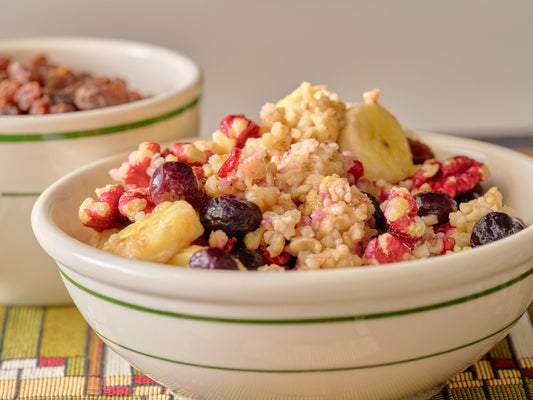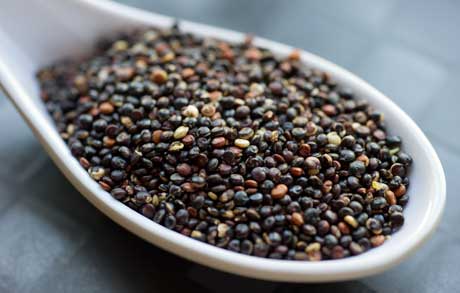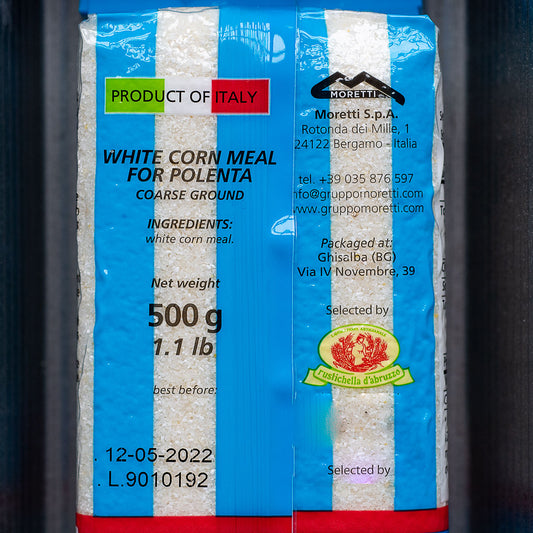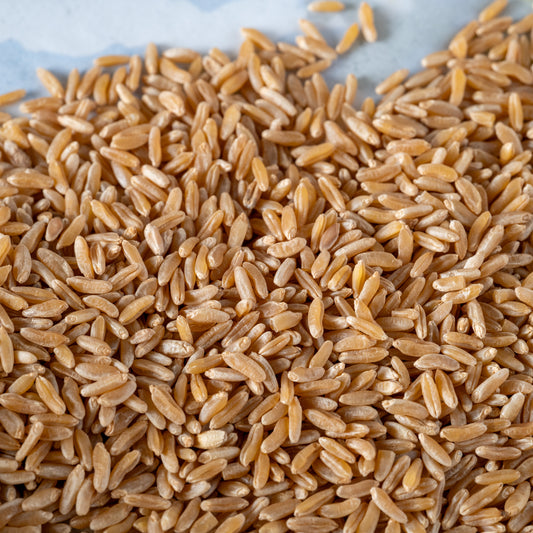Grains
about Grains: click here to read more
Grains have played a crucial role in human civilization, with many of the earliest cultivated grains originating from the Fertile Crescent, an area in the Middle East known as the birthplace of agriculture. Among the first grains cultivated in this region were einkorn and emmer wheat. Einkorn is one of the earliest forms of wheat, dating back to around 10,000 years ago, while emmer wheat, a more robust variety, became a staple crop of ancient civilizations. These early wheat varieties were crucial in the development of agriculture in the Fertile Crescent, alongside other grains like barley, which was also widely cultivated in the region.
Rice, has been a staple in Asia for thousands of years, particularly in countries like China and India, where it has been cultivated since around 5000 BCE. It's one of the most consumed grains globally, providing a major source of carbohydrates.
Quinoa, though not a true cereal grain, is often grouped with them due to its similar uses. Native to the Andes region of South America, quinoa was domesticated by the ancient civilizations there and has recently gained popularity worldwide for its high protein content and nutritional value.
Barley is another ancient grain that originated in the Near East, similar to wheat and emmer. It was used not only as a food source but also for brewing beer, making it an important agricultural product throughout history. Freekeh, made from roasted green durum wheat, is a traditional grain from the Middle East and has recently seen a rise in popularity due to its health benefits, being high in fiber and protein.
Oats have been cultivated since ancient times, particularly in northern Europe. They were primarily grown in cooler climates and have remained a staple for making oatmeal, a nutritious and hearty food enjoyed worldwide. Oats are known for their high soluble fiber content, particularly beta-glucan, which is beneficial for heart health.
-
Oatmeal of Alford Organic Gluten Free Stone-Cut from Scotland
Regular price $15.95 USDRegular priceUnit price / per$15.95 USDSale price $15.95 USD -
Farro Emmer Organic
Regular price $18.95 USDRegular priceUnit price / per$0.00 USDSale price $18.95 USD -

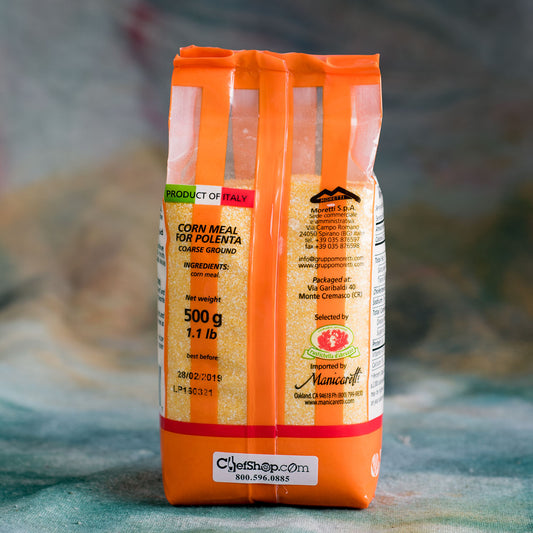 Restocking - choose Notify me
Restocking - choose Notify meMoretti Bramata Polenta Coarse Yellow
Regular price $8.55 USDRegular priceUnit price / per$0.00 USDSale price $8.55 USDRestocking - choose Notify me -
Organic Fair-Trade Black Quinoa
Regular price $16.95 USDRegular priceUnit price / per$0.00 USDSale price $16.95 USD -

 Restocking - choose Notify me
Restocking - choose Notify meOrganic Fair-Trade Red Quinoa
Regular price $14.95 USDRegular priceUnit price / per$0.00 USDSale price $14.95 USDRestocking - choose Notify me -

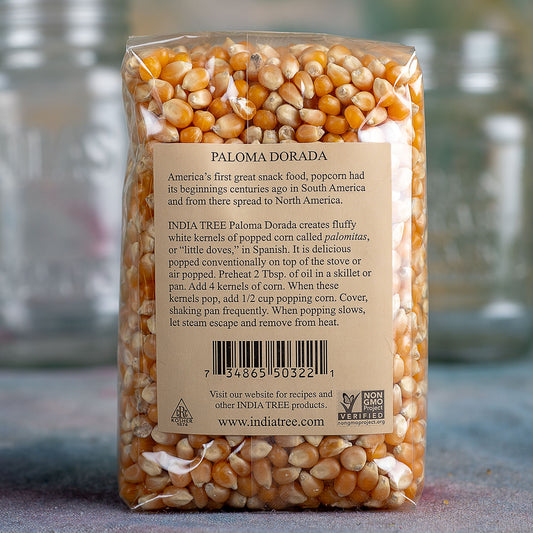 Restocking - choose Notify me
Restocking - choose Notify meIndia Tree Dorada Popcorn
Regular price $7.95 USDRegular priceUnit price / per$0.00 USDSale price $7.95 USDRestocking - choose Notify me -
Whole Grain Freekeh
Regular price $21.95 USDRegular priceUnit price / per$0.00 USDSale price $21.95 USD -

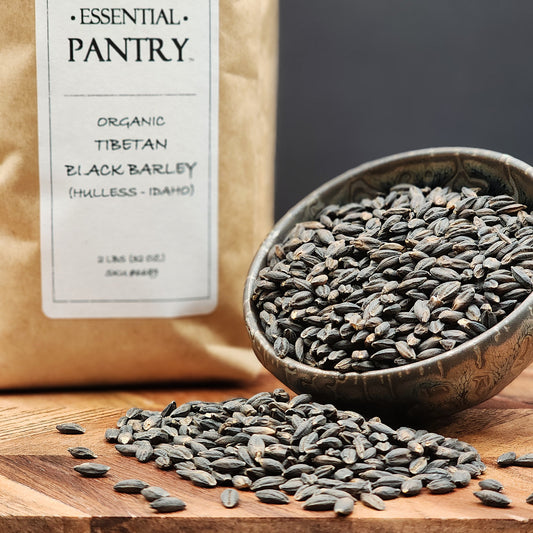 Restocking - choose Notify me
Restocking - choose Notify meOrganic Hulless Tibetan Black Barley
Regular price $10.95 USDRegular priceUnit price / per$0.00 USDSale price $10.95 USDRestocking - choose Notify me -

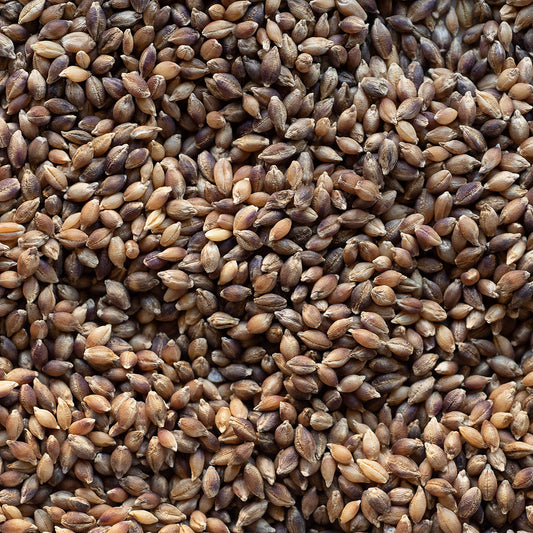 Restocking - choose Notify me
Restocking - choose Notify meOrganic Purple Barley
Regular price $14.95 USDRegular priceUnit price / per$0.00 USDSale price $14.95 USDRestocking - choose Notify me -

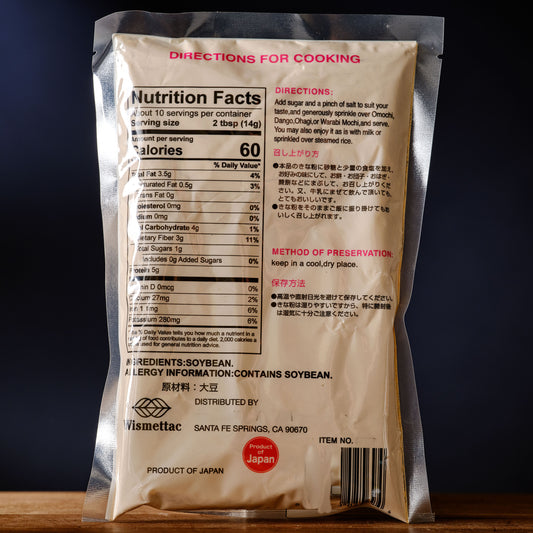 Restocking - choose Notify me
Restocking - choose Notify meKinako Roasted Soy Bean Flour
Regular price $2.95 USDRegular priceUnit price / per$0.00 USDSale price $2.95 USDRestocking - choose Notify me -
Moretti Bramata Coarse Bianca White Corn Polenta
Regular price $7.95 USDRegular priceUnit price / per$0.00 USDSale price $7.95 USD -
Organic Whole Grain Kamut
Regular price $10.95 USDRegular priceUnit price / per$0.00 USDSale price $10.95 USD


